|
We have moved updates about what our scholars are doing in the science lab over to Instagram! You can follow us at bs1sciencelab.
0 Comments
"Water makes the seed germinate because the cotyledon is the food for the embryo so it just needs water, just like we need food and water! Germinate means when the seed grows." -Chelsea, Bria, and Mikey "The first stage of the plant life cycle is the seed. Germination is the next part, then comes the seedling. Then it grows into a mature plant." -Elton, Zahiem, and Jelenny "People need water to get energy, and plants need water to get energy too. Plants get food by catching the sun. They need the ingredients of sun, water, and air to make their own food. The cotyledon is the food for the seed when the leaves are inside the seed and can't catch the sunlight." -Dwayne, Jared, Tristy, and Chelsea "The seedling has two leaves and a stem and the cotyledon changes by turning smaller and smaller and falls off because the plant learns to feed itself and doesn't need food anymore. The cotyledon falls off because it can make its own food, just like when people get older they can make their own food too. The cotyledon also protects the embryo inside the seed." -Savannah, Emily, Bria, Chelsea, and Jelenny Thank you for reading our blog post. If you have any questions leave them in the comments and we will answer them for you! Irvine-Michigan scholars want to know: What is your favorite part of the life cycle? "Germination means a seed breaks up and is beginning to grow." - Mamadou and Dianne "Inside the seed is a stem and two leaves. This is an embryo, which is a baby plant." - Averi and Christopher "The plant has a life cycle. It starts off as a seed, and the seed is in the seed coat. Then when it grows it's germinating. It needs water to germinate. Then the embryo grows into a seedling. Then it gets older and it turns into a mature plant." - Jordan. Albert, J'Shawn, Farmata, and Destiny "Flowers grow when it's an adult plant. And the flowers start as little buds. Mature plants have seeds that are inside pods. The pod protects the seeds inside." - Omayra, Brewster, Zachary, and Johnnie "The seed coat protects the embryo if an herbivore wants to eat it or step on it. When you step on it, the seed coat fights back!" - Ethan, Viannelly, Jean, and Mamadou "The cotyledon in the seed is the food for the embryo or the plant. A seed needs food to grow. It needs that food because it helps it grow - it can't make its own food yet because it's the plant can't catch any sunlight to make food. When the plant turns into a seedling the cotyledon is in the middle of the plant and it shrinks." -Farmata, Averi, Dianne Do you have any questions? You can post it on the bottom of the page!
Are you a scientist? What have you learned from what you have discovered in science? All fabric is made of fibers! -Nyala
Cotton is strong! We put pennies in the cup and cotton held more pennies. It's strong because it had tiny holes and sometimes when it has tiny holes it can hold more pennies! -Joshua, Devin, and KC When we used the pipettes and squeezed the dye on the cotton it slurped it up like it was so thirsty. That means it absorbed the dye! - Kaydence, Lily, and Dejai You can make fabric by taking fibers over and under. That's called weaving! Then you can dye the cotton or nylon. You can also make fabric by knitting! -Londy, London, and KC The cotton absorbed more stains because cotton had tiny holes and it got trapped! -Malaki, Jasleen, Jamal, and Jaidlynn Wool comes from sheep. Then a machine cleans the bugs out of the wool and then the dry the wool and then they give it to the person. If it's not dry and clean, no one will want to buy it! -Christian Cotton comes from a plant. Nylon is little plastic fibers, and it comes from oil! -Saniah, Kavonni, and KC We learned that we can dye fabric.- Joheidy
That means we put the fabric in the colorful water and it changes colors.- Malik Fabric is full of fibers.- Kavion and May Fabric is made on a machine that makes the fibers goes up and down . This is called weaving. - Shiann, Briel, Kayla We learned that nylon has big holes and cotton has little holes. -Anaya Cotton can absorb more water. -Malik and Ethan It can absorb more water because it has small holes. The water comes through the nylon because it has big holes.- Kimberly and Airbella Cotton is stronger because the fibers are close together.- Judah and Ramsey We are wondering- What is your favorite fabric? Let us know in the comments. Fibers are little strings. All fabric is made of fibers! - Faith and Ms. May
When we dyed the cotton, we used red and blue and it made purple fabric! - Royalty, Chauncey, and Isaiah We learned that cotton does NOT rip. but nylon does! When we rubbed the nylon with the sandpaper, it ripped! It ripped because the fibers are not close together! - Yemaya, Aissata, Kayleen, and Jaden The cotton was strong. It held more pennies than nylon. Cotton is really strong. Their fibers are close together! - Tilan and Olivia The cotton did not rip when we rubbed it with sandpaper! - Lonissa The cotton absorbs more water. Absorb means suck up. The cotton absorbs more stains too! - Noah, Justice, and Amari Do you want to ask a question about fabric? Leave a question in the comments! - Brianna 1st graders have been studying mealworms in science class. Read below to find out what they've learned! "I learned that mealworms only have 6 legs." - Mamadou
"The stripes on the mealworm's body are called segments. Earthworms also have segments!" - Farmata and Johnnie "The mealworm prefers a dark, wet, cold, and smooth habitat. We think a good mealworm habitat in nature is in the dirt in a forest." - Anaya, Olivia, Brewster and Zach "The mealworms need a dark habitat so predators can't find them. They need a wet habitat so they can drink water. Their habitat can't be too cold, because if the mealworm is too cold it might have an ice cube around it, and it will die!" -Dylan, Jean Carlos, Dianne and Nikai. "I learned that mealworms have segments that are darker than their skin - except for their tail. Earthworms have segments too!' -Nia and Adria "Mealworms like a wet, dark, smooth, and cold habitat." -Javon and Travon Leave a question about mealworms for us in the comments! First you put a seed in the ground and then you put sun, water, and soil. The seed grows into a seedling and then it grows into an adult plant. And then its going to grow into a fruit. -Jade and Priscilla
That's called a life cycle.- Jaedis The life cycle goes again and again. It keeps going again and again. The fruit is not the last one in the world because it has seeds. It makes the life cycle happen again. -Zoey and Mamadou One thing we know about fruits is that all fruits have seeds inside of it. If tomatoes didn't have any seeds, it would be a vegetable but tomato is not a vegetable. - Ellissia A peach has one seed. If a fruit has one seed, its called a pit.- J'shawn and Ruud A pit is in a peach. A cherry has a pit.- Tyrone and Jelenny Vegetables have no seeds. Fruits have seeds. Broccoli is a vegetable because it doesn't have any seeds.- Javon and Jael Lettuce does not have seeds because it is a vegetable. Lettuce is a leaf.- Gabriel Carrots are a vegetable. The carrots are a root.- Jason Apple is a fruit. Orange is a fruit because it has seeds. A banana is a fruit because it has seeds in it.- Kamora, Malakai, and Prince Dispersal means to spread out. Seeds spread out by the wind blowing it. A different way is that they can hook on your clothes or an animal's fur because they have spikes. The bird eats the seed and poops the seed out. A seed can float different places down a river.-Jubilee, Jade, Bryce, Noelani, Gretchen, and Zaheim We have some questions for you to answer in our comments section: Do salads have leaves in them? -Mamadou Why is a life cycle a cycle? -Ellissia Why do fruits have seeds? - Jade A robot is a machine.- Zoey A robot moves by itself.- Jason Robots do not eat because they are not alive.- Jubilee Robots have computers in their bodies. -Bryce When you push a button, the robot makes sounds and moves. This is a robot program. -Jael and Tyrone We have robots because they move faster. Robots do dirty jobs, dangerous jobs, and boring jobs.- Jade and Gretchen Robots clean up stuff on the ground.- Javon A dangerous job is putting out bombs. If a person did that dangerous job then they would blow up.- Gabriel A boring job robots can do is putting chocolate in boxes.- Ellissia People program BeeBots to move to letters, shapes, or places.- Noelani, Malakai, and Zoey The first thing you should press is clear because you don't want the BeeBot to remember the old program that someone else did.- Jade You have to press forward, turn, and go.- Ruud To get from school to Chuck E. Cheese's you need to press: Forward, Forward, Forward, Turn, Forward, Go!- Jaedis
Answer our question in the comments section below: Do you know why robots move by themselves? In our experiment we were trying to clean up water pollution.- Serenity We polluted the water with litter, animal droppings, a leaf, fertilizer, paint, and oil.- Alaya and Zoey Some pollution came from humans and some came from nature. -Kerrisa After we polluted the water, the water looked brown and you saw the oil on top of the water.- Madison If we left the water polluted it would affect the water and plants. The oil spill in the water could affect the fish trying to swim to the surface.- Eva If we kept the animal droppings in the water, the animals who drank the water might die. -Kaiel When people try to catch fish, when they eat the fish they would get sick because the fish were in polluted water.- Jessica Our challenge was to clean the polluted water.- Tenae One of the constraints was we could only use tools that added up to $100. -Kristin We could only $100 because that was our budget.- Madison We couldn't spend all the money we want because in the real world, the pollution engineers do not have all the money in the world to spend on tools when they are cleaning.- Zoey and Alaya One of our solutions was to use a coffee filter, the funnel, and a cup and paper towel.- Julius
It was going to get the water clean because when you poured water through thee funnel, the water would go into the cup and the dirt would stay in the coffee filter.-Zyairra Another solution that we used was to put the cotton ball in the water and it will absorb the dirty water and we can use the tweezers to pick up solid objects.- Kristain Another solution was that we used the detergent to clean the water and we used the paper towel to stir it. It wasn't a good solution because all the detergent did was separate the polluted water into layers. It didn't really clean the water. It also added more chemicals into the dirty water.- Muhammed, Madison, and Kerrisa Some tools didn't work very well. The pipe cleaner didn't work very well because it didn't pick things up.- Serenity A tool that we should have gotten was a tweezer because we could pick up the leaf and the trash with the tweezer.- Eva If we polluted the water we can't drink the polluted water. One thing I learned is to clean up the polluted water.- Geah One thing I learned is that we should clean up our own messes and not just put it in the water.- Michael Cleaning polluted water is hard so we shouldn't pollute in the first place.- Zoey Wesleyan wants to know, what would you do if you saw polluted water? Let us know in the comments section! |
Live from the Science Room!Wondering what is going on in science class? Read on to find out from the scientists themselves what they are learning about... Archives
May 2019
Categories |
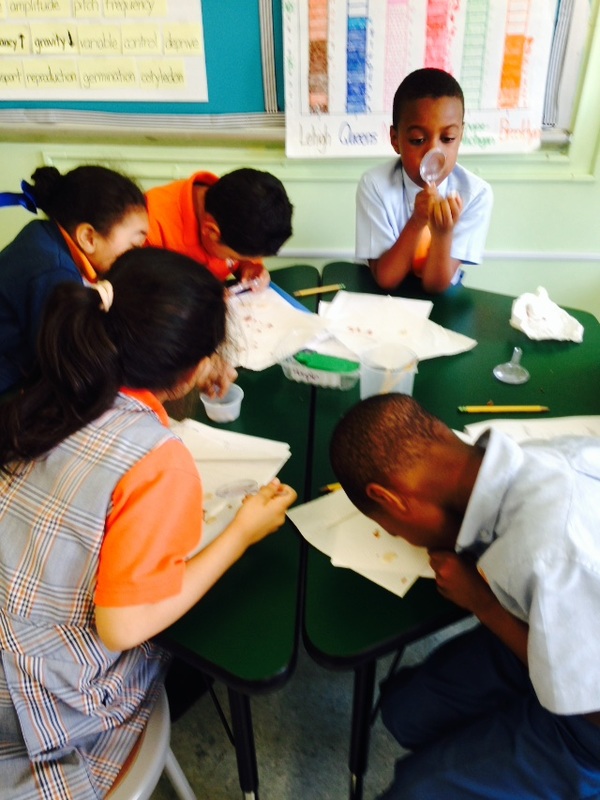
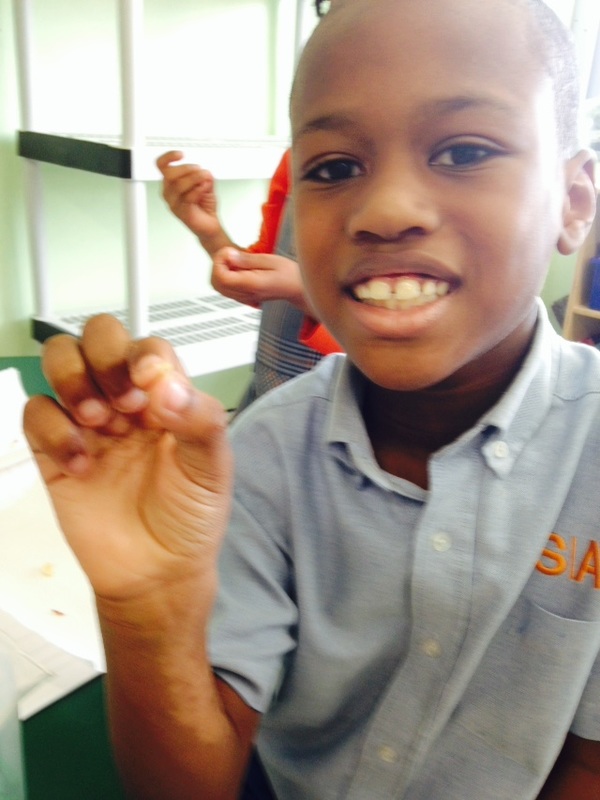
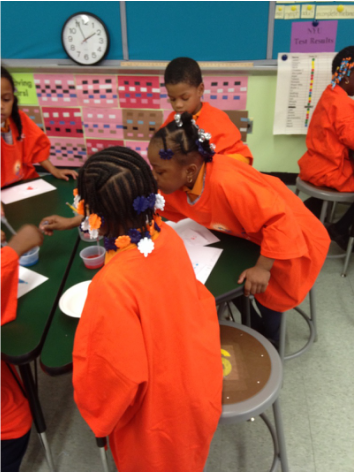
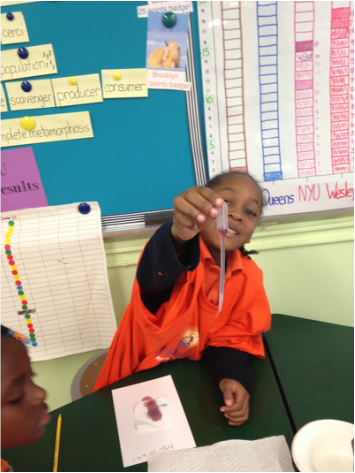
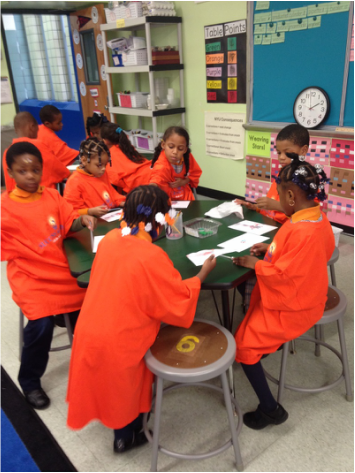

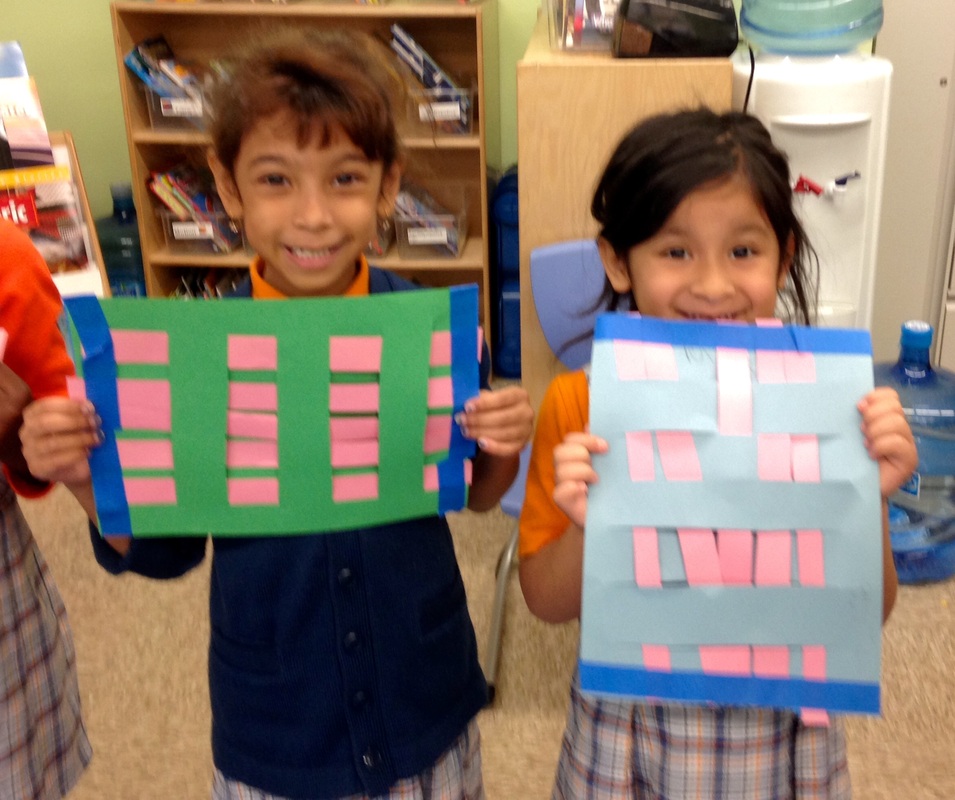
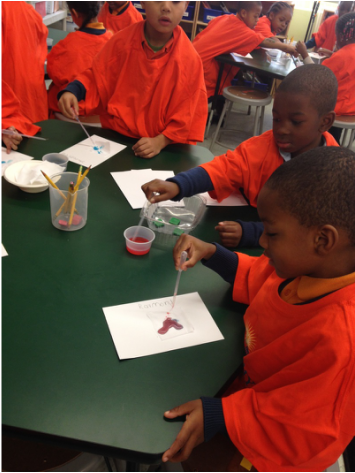
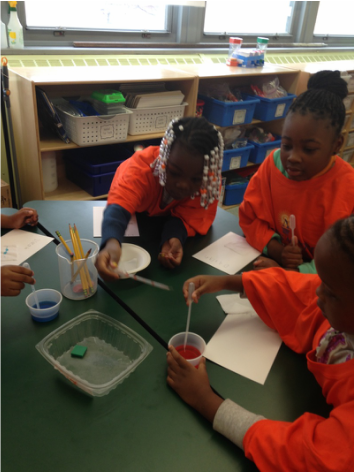
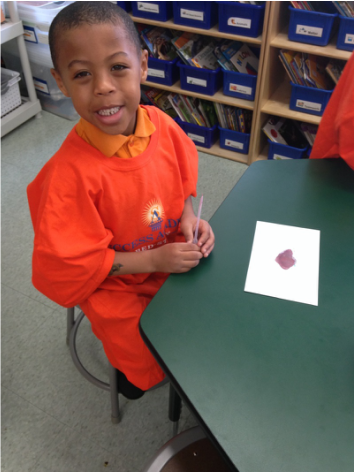
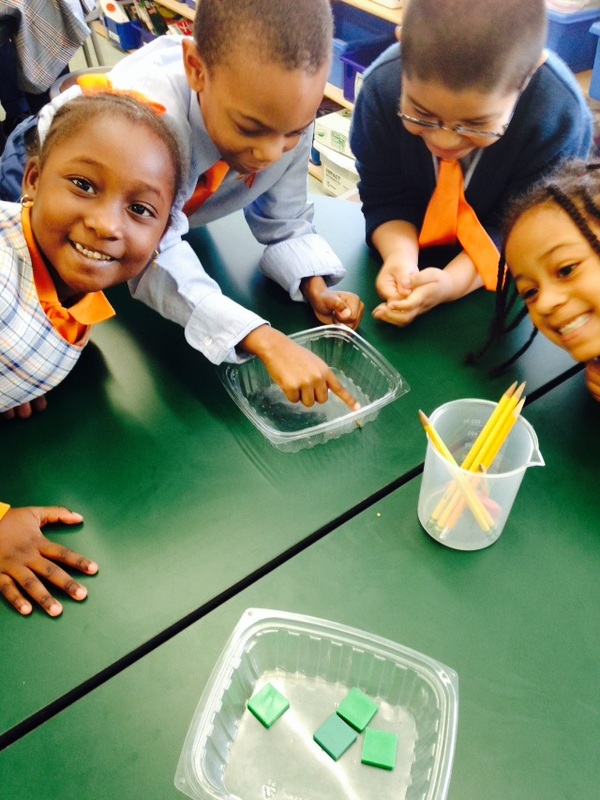
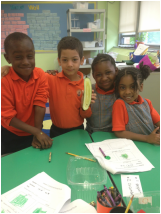
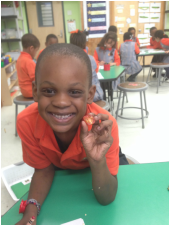
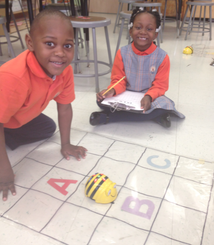
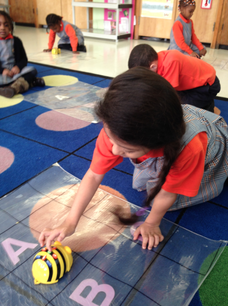
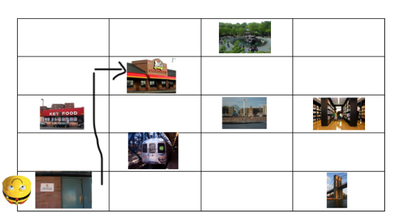
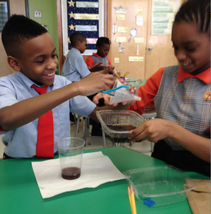
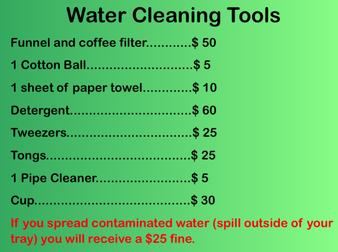
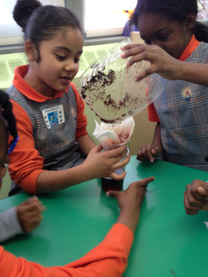
 RSS Feed
RSS Feed
